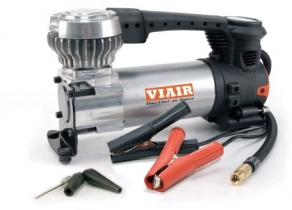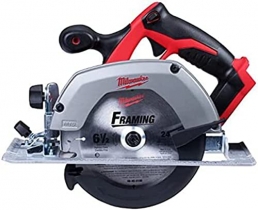-
Welcome to Tacoma World!
You are currently viewing as a guest! To get full-access, you need to register for a FREE account.
As a registered member, you’ll be able to:- Participate in all Tacoma discussion topics
- Communicate privately with other Tacoma owners from around the world
- Post your own photos in our Members Gallery
- Access all special features of the site
Rock Slider and Roll Cage Tubing Comparison, HREW v DOM v Square all Made in the USA
Discussion in 'Technical Chat' started by traxman25, Nov 28, 2016.


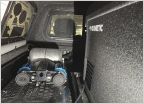 Turn the CKMP12 ARB compressor into the CKMA12?
Turn the CKMP12 ARB compressor into the CKMA12?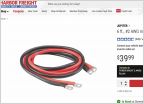 Need 2AWG premade wires
Need 2AWG premade wires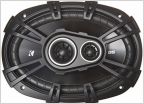 Speaker replacement
Speaker replacement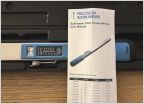 Torque wrenches
Torque wrenches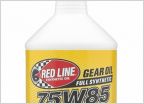 75w-85 vs 75w-90
75w-85 vs 75w-90







